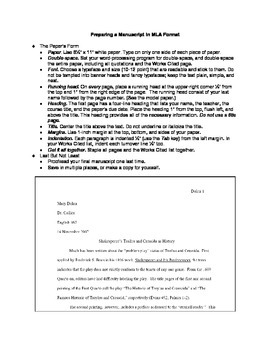

(The job of an indent is to make it clear that there’s a new paragraph starting, and this isn’t necessary in these cases as there’s no paragraph immediately above.)Ĥ. Don’t indent the first line of the story, or the first line following a chapter break or scene change – anywhere you would expect to see a blank line left in a printed book, or marked with a hash as in (3a) above. An empty line may just get lost at this stage.ģb.
#Formatting manuscripts software
This means it will still be visible when the text is copied into other software for typesetting. If you want to mark a change of scene or time, the kind of thing that would have a blank line left in a printed book, mark it with a centred hash, as I’ve done at the bottom of this list. Leaving a complete blank line between paragraphs is something you’ll see when reading online, including on this site but, has no place in text documents.ģa. Again, there’s an option to indent the first line of each paragraph automatically in the paragraph formatting options: don’t use the tab key to do it. Each new paragraph, or line of speech should be indented.

Mark a new paragraph by indenting the first line don’t leave an empty line between paragraphs. Always apply double-spacing through the formatting menu: don’t just hit ‘return’ twice at the end of each line. Even if the days of making notes between lines are over-on the screen, at least-the extra white space helps your writing go down easily.

On a standard paper size (see below), 12-point text is comfortable to read, and if reading on a screen, the editor will be set up for it.Ģ. Everybody is used to seeing Times New Roman on their screen (or on paper), and every computer has it. And all publishers vary: if a specific publisher asks for different formatting, it’s always best to give them what they ask for. Incidentally, I’ve written this post specifically with regard to electronic submissions, but the rules below apply equally to printed submissions (though the reasons may vary). The six rules below should help you to do that. And the easiest way to make the formatting disappear is to make it look exactly the same as all the others. The idea is to make the formatting itself disappear, so that the focus is on the words and nothing else. The key thing to remember about manuscript formatting is that it’s not about looking pretty, or showing off creative or literary credentials. (If the editor spends the first 30 seconds with your manuscript adjusting it to be easily read, that’s your first impression gone.) It doesn’t just show professionalism on the author’s part: it also helps the editor to connect to the words themselves. But even in the digital age, getting manuscript formatting right is very important. These days, a lot of people submit just by Googling variations on ‘short story submissions’, or just by contacting their favourite publications direct, and so maybe miss out on that useful information.

They were right next to the lists of magazines and book publishers, and hard to miss for writers getting ready to send out work. A few years ago, the standard way (in the UK) to plan your submissions was to get hold of a copy of the Writers’ and Artists’ Yearbook, which had handy sections on manuscript preparation. I suspect this is partly due to the Internet. Something I’ve noticed over the last couple of years is that most writers have trouble getting their manuscript formatting right.


 0 kommentar(er)
0 kommentar(er)
